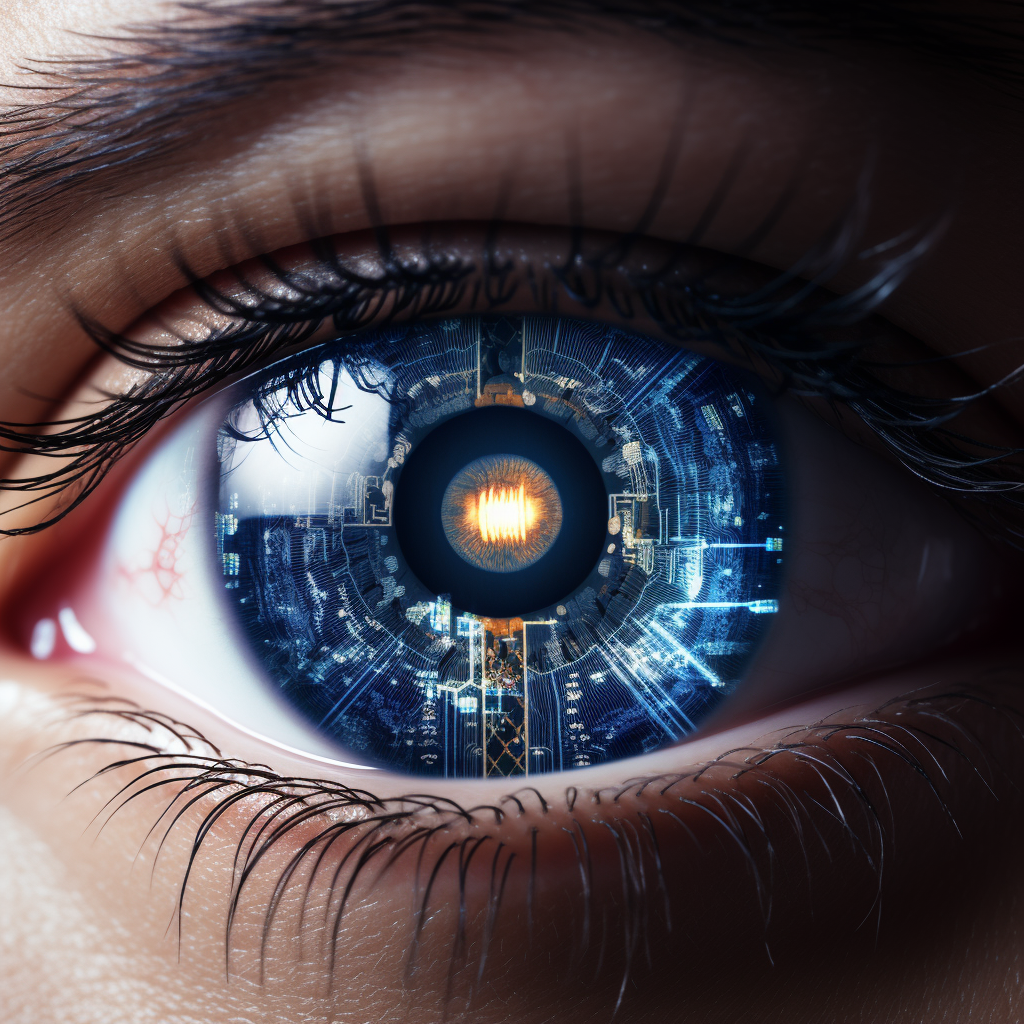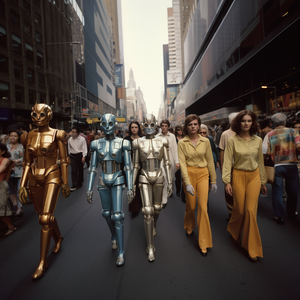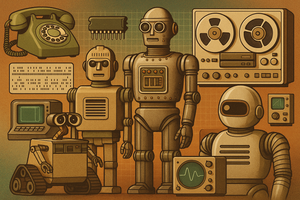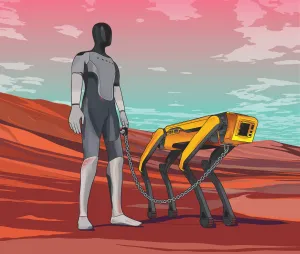In the 1970s, the world began to witness the future's dazzling glow as robotics made a prominent appearance. As a new discipline, robotics held promise in reshaping our world, a paradigm shift that marked a milestone in technological advancement. The 1970s brought unprecedented developments in robotic technology, sculpting a landscape that would echo through the coming decades. In this analysis, we'll explore key innovations and the underlying philosophies that fueled this exciting era of robotics.
Robots like the Stanford Cart, a remotely controlled, computer-driven cart that could navigate through rooms filled with obstacles, symbolized the era's spirit of innovation. Similarly, the WABOT-1, an anthropomorphic robot capable of communication, enriched our understanding of humanoid robotic possibilities.
The Dawn of Robotics
The 1970s marked the emergence of the first industrial robotic arms. A focus on automation, precision, and consistency brought these mechanical marvels to factory floors. Brands like Unimation led the way, designing robotic solutions that enhanced manufacturing capabilities. Their inventions, like the Unimate, heralded a new era, promising to redefine how humanity approached tasks that once were labor-intensive.
Unimation Brief
The first company to commercially produce industrial robots. It was founded in 1956 by George Devol and Joseph Engelberger, often called the "fathers of robotics." The company introduced the Unimate, the world's first industrial robot, in 1961.
The Unimate was designed to work in assembly lines, performing repetitive tasks like welding and material handling. It revolutionized the manufacturing industry by introducing automation and robotics to factory settings.
Unimation's robots quickly gained popularity and were adopted by major automotive companies, such as General Motors. The success of Unimation played a significant role in shaping the future of robotics and automation in various industries.
Over time, Unimation faced challenges and changes in ownership. It was eventually acquired by various companies and integrated into different entities. Despite these changes, the legacy of Unimation and its pioneering work in the field of industrial robotics remains significant.
The 1970s also witnessed robotic achievements that reached beyond Earth. The Viking program sent robotic landers to Mars, showcasing the potential for robots in space exploration. These missions provided valuable insights into Mars' geology and atmosphere, heralding a new era where robots could journey where humans could not yet venture.

Computer Vision and Sensory Capabilities
The integration of computer vision into robotic systems, like the Freddie robot of the 1970s, marked a significant advancement. Freddie's vision system allowed it to recognize and locate objects, moving closer to the dream of robots perceiving the world as humans do. These innovations fueled further exploration into sensory capabilities, paving the way for contemporary autonomous systems.
Freddie: A Visionary Leap in Robotics

Freddie, a remarkable robot developed in the 1970s, symbolizes the era's pioneering spirit in robotics and artificial intelligence. Created at the University of Edinburgh by Tom Binford and his team, Freddie became one of the first robots equipped with a vision system. This revolutionary capability allowed Freddie to recognize and locate objects within a three-dimensional space, a groundbreaking advancement that bridged the gap between machine perception and human-like understanding.
Freddie's visionary leap lay in its computer vision system, driven by a combination of cameras and a novel algorithm that processed visual information. The robot's twin cameras captured images, which were then processed by specialized software to recognize and locate objects in its environment. Freddie's success in this domain laid the groundwork for contemporary research into robotic vision and perception, propelling the field toward more sophisticated and integrated sensory capabilities.
Decades after its creation, Freddie's impact on robotics remains profound. By successfully integrating computer vision into a robotic system, Freddie showcased the potential for machines to perceive and interact with the world in ways previously considered the exclusive domain of human cognition. The lessons learned from Freddie continue to resonate within the field of robotics, inspiring ongoing exploration into sensory integration and the development of robots that can see, understand, and respond to the world around them. The legacy of Freddie serves as a testament to the transformative power of innovation and exploration.
Robotic Manipulators and Assistive Technologies
In the 1970s, robotic manipulators like the Silver Arm, designed to perform small-parts assembly using touch sensors, showcased the potential for fine manipulation. Such advancements had implications across various industries, from manufacturing to healthcare, exemplifying the decade's focus on creating robots that could assist and enhance human capabilities.
A New Era in Research and Development
Academic institutions played a significant role in the 1970s robotic surge. Universities like MIT and Stanford became epicenters for innovation, exploring areas like artificial intelligence, computer vision, and human-machine interaction. The integration of these fields led to groundbreaking projects, giving birth to robotic technologies that could respond to their surroundings, paving the way for today's autonomous robots.
The Rise of Artificial Intelligence
Parallel to the development of robotics, the 1970s saw a remarkable rise in artificial intelligence. The quest for creating machines that could think like humans became an exciting frontier. Groundbreaking algorithms and computational techniques were explored, providing the essential building blocks that would later integrate with robotic systems, offering unprecedented levels of autonomy and complexity.
Consumer Robotics
While industrial and academic efforts were at the forefront, the 1970s also witnessed a surge in consumer interest in robotics. Companies began to explore robotic toys and educational kits, aiming to inspire a new generation of engineers and scientists. Products like the Tomy Omnibot captured imaginations, presenting robotics not merely as a tool but as a companion.
Impact on Society
The influence of robotics in the 1970s wasn't confined to laboratories and factories. Popular culture started to embrace robotic themes, with movies, art, and literature reflecting a growing fascination with artificial beings. From cinematic masterpieces to philosophical treatises, the robot's image began to crystallize in our collective consciousness.

Conclusion
The 1970s can be viewed as the dawning decade of modern robotics. A blend of industrial innovation, academic exploration, and cultural acceptance has left an enduring imprint on technology and society. As we move forward, we are continually building on the foundation laid during this transformative decade, a period that continues to inspire and challenge us.





